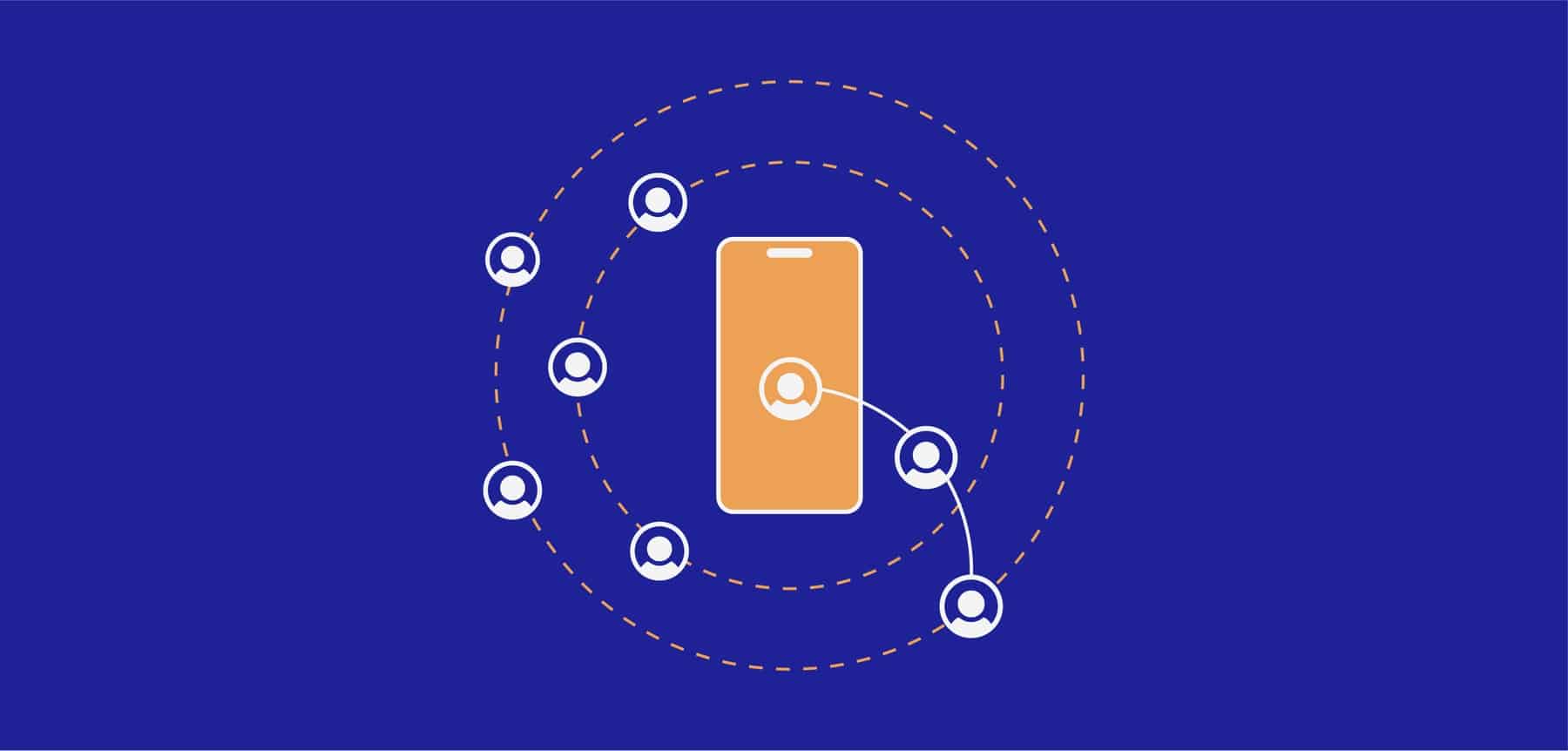Unlocking the Benefits of Marketing Forecast Analytics
- Reading Time: 6 minutes
Marketing forecasting is the process of predicting future market conditions, customer behavior, and sales performance using various analytical techniques and data sources. The process consists of analyzing historical data, market trends, industry insights, and other relevant factors to predict future demand, sales volume, revenue, and other key marketing metrics.
Benefits of Marketing Forecasting
With data-driven insights, decision-making becomes more informed and aligned with overall business objectives. According to one study, companies that use marketing forecasting see an average increase in sales of 10%. Marketing forecasting enhances budgeting processes, improves inventory management, and increases customer retention. These advantages make marketing forecasting an essential tool for any business looking to thrive in a dynamic market. Analyzing marketing forecasts offers several advantages.
Improving business strategy
Product development, pricing, and promotion strategies can be proactively planned by anticipating customer demand and market trends.
Enhancing competition potential
Marketing forecasting can help businesses gain valuable insight into market trends and customer preferences, enabling them to differentiate themselves.
Understanding behavior and churn prevention
Businesses can adapt their marketing campaigns and strategies based on changes in customer preferences and emerging market threats.
Sign up to drive your business with the power of data
Key Components of a Marketing Forecast
Analyzing historical data, conducting market research, and determining the target audience are key components of marketing forecasting. This enables them to allocate resources effectively, set realistic targets, develop marketing strategies, and make informed business decisions to achieve their objectives.
Analyzing historical data
Accurate marketing forecasts rely on the ability to analyze historical data effectively. Digital analytics platforms provide businesses with access to a wealth of historical marketing data, enabling them to identify trends, patterns, and key performance indicators. By diving deep into this data, organizations can uncover valuable insights that inform future marketing decisions, helping them understand the impact of previous campaigns, customer behavior, and market dynamics.
Conducting market research
By conducting thorough market research, businesses gain valuable insights into consumer preferences, industry trends, and competitor analysis, enabling them to identify and capitalize on potential opportunities while mitigating risks. Through various research methods such as surveys, focus groups, and data analysis, market research provides an accurate understanding of target markets, customer needs, and purchasing behaviors.
Determining the target audience
By understanding who the target audience is, businesses can tailor their marketing efforts to meet the specific needs and interests of their ideal customers. This knowledge enables companies to allocate their resources efficiently, optimize their messaging and channels, and ultimately increase the effectiveness and success of their marketing campaigns.
Common Marketing Forecasting Techniques
Marketing forecasting has various techniques such as trend analysis, market research, regression analysis, expert opinions, scenario planning and data-driven forecasting.
- Trend analysis involves studying historical data to identify patterns and gain insights into future sales and market potential.
- Market research provides valuable information about consumer behavior, market size, and competitor analysis.
- Regression analysis helps establish relationships between different variables and predict future outcomes.
- Expert opinions from industry leaders and thought experts offer valuable insights into market trends and potential growth opportunities.
- Scenario planning allows businesses to prepare for different scenarios and adjust their marketing strategies accordingly.
- Data-driven forecasting, utilizing advanced analytics tools, helps generate accurate forecasts based on vast amounts of market and customer data.
Steps in Creating a Marketing Forecast
To create a successful marketing forecast, it is essential to follow a systematic approach. Here are the steps you should consider:
- Define Your Goals and Objectives: Clearly identify what you want to achieve with your marketing forecast. Having defined goals will guide your forecasting process and enable you to make well-informed decisions.
- Gather Relevant Data: Collect data on market trends, consumer behavior, competitor analysis, and historical data. By having accurate and comprehensive data, you can make more accurate predictions and develop effective marketing strategies.
- Analyze Historical Data: Examine past sales patterns, pricing fluctuations, and other relevant metrics. This analysis will provide valuable insights into trends and patterns that can guide your forecast.
- Use Forecasting Techniques: Apply quantitative and qualitative methods to predict future outcomes. Quantitative methods, such as time series analysis and regression analysis, rely on data and statistical analysis to make predictions. Qualitative methods involve expert opinions and market research to gain insights into potential future trends.
- Adjust for External Factors: Consider any external factors that may impact your forecast, such as market changes, new product launches, or shifts in consumer behavior. Update your forecast accordingly to ensure accuracy and relevance.
- Monitor and Evaluate: Continuously track and evaluate the accuracy of your forecast over time. This will help you identify any deviations from the forecasted outcomes and make necessary adjustments to improve future forecasts.
How do digital analytics and customer engagement platforms enhance marketing forecasting?
Digital analytics and customer engagement platforms enhance marketing forecasting by collecting and analyzing data, segmenting customers, providing real-time monitoring, utilizing predictive analytics, facilitating A/B testing and optimization, and integrating with other marketing tools. 75% of marketers say they use data analytics to forecast marketing performance. Platforms such as Dataroid allow marketers to make data-driven decisions, improve campaign performance, and improve marketing forecast accuracy.
Personalization and segmentation based on forecasted trends
Marketers can identify new trends and patterns that will affect consumer behavior in the future by analyzing digital data and engaging customers. These valuable insights can be used by brands to deliver relevant and personalized experiences and ultimately increase customer engagement and loyalty. As an example, if you are a travel company and you have analyzed data about a certain age group purchasing flight tickets abroad during the summer months, sending customized notifications regarding hotel deals to this group may boost customer interaction.
Maximizing ROI through targeted marketing efforts
Real-time monitoring of marketing campaigns enables marketers to identify which strategies and channels provide the best return on investment. This allows marketers to make informed decisions, refine their marketing strategies, and focus their efforts on the channels and tactics that yield the highest return. For example, if you are a retail company, you can use a digital analytics tool to gather data on customer behavior and campaign effectiveness to increase online sales. By creating a marketing forecast using this data, you can optimize your campaigns and increase the return on your investment.
Increasing customer retention
In order to reduce customer churn, marketers must analyze data on customer interactions, purchase history, and engagement patterns. Customers can be segmented according to their characteristics and behavior, allowing marketers to develop customized retention campaigns and initiatives. A bank may use the predictive analytics provided by the digital analytics tool to predict customers who are more likely to reduce their relationship with the bank. By making marketing forecasts, banks can tailor offers to these customers and retain them.
Key Takeaways
Marketing forecasting is a crucial process for businesses to plan and strategize effectively. It helps to better understand end-user needs, make informed decisions and predict customer behavior. By utilizing marketing forecasts, companies can gain a competitive edge, maximize ROI, and enhance customer engagement. Whether it’s qualitative or quantitative forecasts, both play a significant role in shaping business strategies and achieving long-term success. Contact us to learn more about the importance of marketing forecasting and how it can benefit your business.
Sign up to drive your business with the power of data

YOU MAY ALSO LIKE
Drive your digital growth
Schedule a demo today to learn more on how we can help you unleash the potential of digital using Dataroid.





